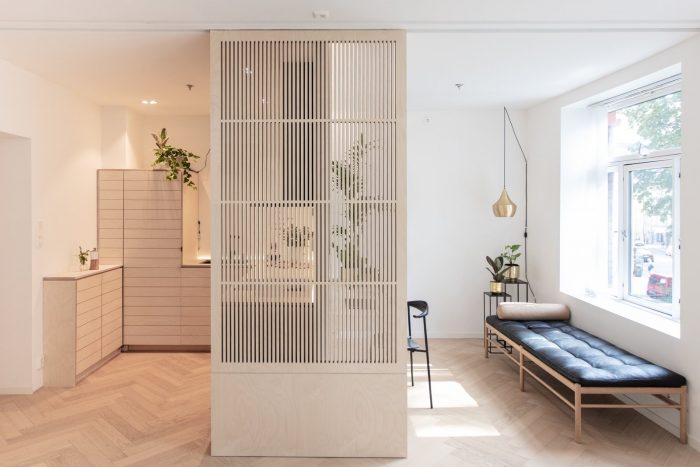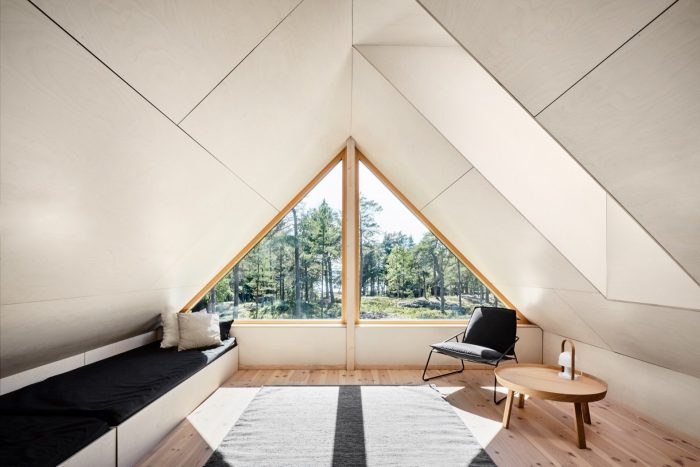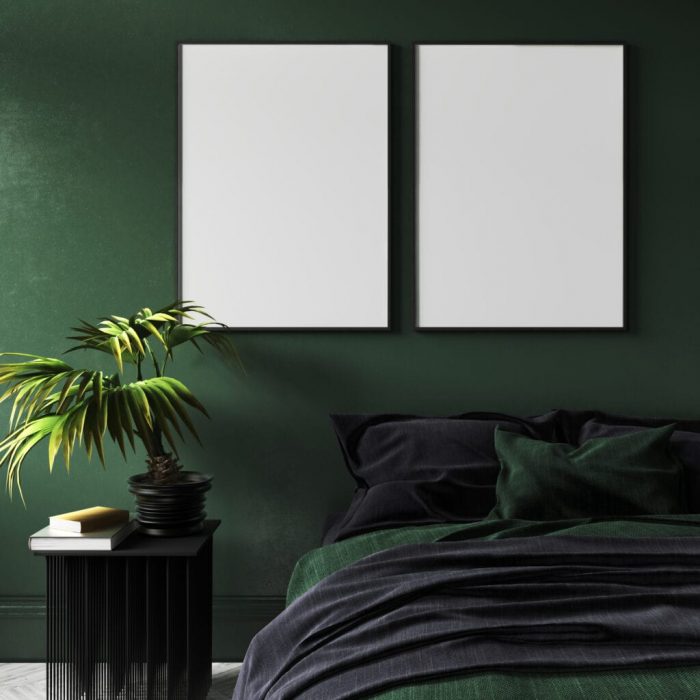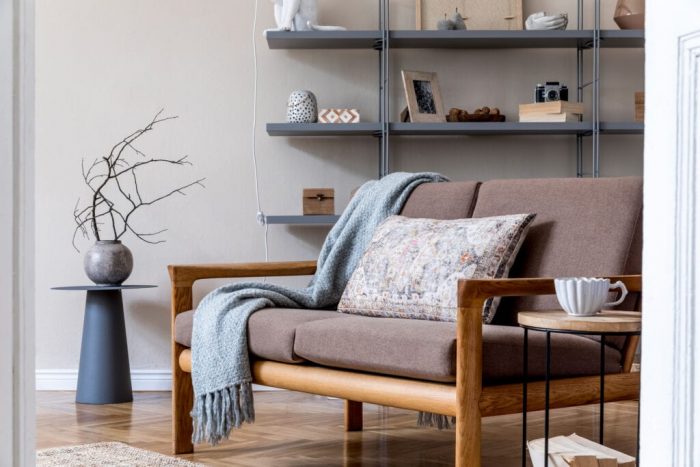
- Permbajtja
- prev
- next
- prev
- next
Say Hello to Japandi (The Minimalist Design Trend You’ve Been Waiting For)

Sometimes two styles are better than one. Japandi, one of 2017’s coolest design trends, is absolute proof of that. This hybrid aesthetic combines the modern-rustic vibe of Scandinavian — or Nordic — designs with the traditional elegance that’s associated with Japanese styles. Together, they’re about to become your new favorite take on minimalism.If you’re as intrigued by Japandi as we are, read on. We explain in more depth what Japandi is, why it works so well and how to make it work at home. Trust us when we say this trend is everything that you’ve been waiting for.

What is Japandi?
Simply put, Japandi is a hybrid trend. This new look takes the modern flair of Scandinavian design and combines it with the timeless elegance of a Japanese aesthetic to create a style that brings together the best of both worlds.It’s not hard to see why these two styles have been paired. Though they come from different sides of the globe, they share similar principles. Both are exercises in minimalism. They both emphasize the importance of creating function-driven spaces defined by a handful of statement pieces rather than an abundance of décor.It’s their differences that help make this mash-up especially interesting. While Japanese spaces can get overly sleek, the rustic details in Nordic design add variance. Where Scandinavian interiors have a tendency to be so neutral they can appear antiseptic, the rich color palette of Japanese design gives the room more warmth.

Pick contrasting colors
We’ve talked before that contrast is key to creating visually interesting interiors, and Japandi is no exception. In this case, the color palette is the easiest way to see how juxtaposition defines this trend and creates a new and exciting look.The first step is understanding the defining shades of each style. On the one hand, Nordic design is characterized by a mix of light, neutral hues, natural woods and pops of pastel accents. Japanese style, on the other hand, is known for richer tones. It’s built from stained woods surrounded by eye-catching additions of black and red.Most Japandi rooms start with a darker base, usually a saturated, neutral shade. The contrast is then created through incorporating a mix of light woods and stark, black hues. Even the accents are usually monochromatic. However, a few vibrant colors can be added through natural sources such as house plants.

Combine both furniture styles
In both Scandinavian and Japanese interiors, one thing is absolutely true: the furniture is immediately identifiable. If you’ve been around the design world for any length of time, you should be able to place furniture from either of these aesthetics without needing a second glance. In that vein, it only makes sense to ground Japandi spaces by using a mixture of pieces from both. Again, while both furniture styles are defined by clean lines and an emphasis on practicality, there are a few key differences. Scandinavian furniture is typically made up of light woods and has a relaxed, almost farmhouse quality to it. Japanese pieces, on the other hand, are a bit more refined. They feature stained or painted woods and come in more elegantly curved shapes.Using a mixture of both in your design allows you to drive home that sense of harmonious contrast. Feel free to use a mix of wood tones in the space and incorporate pieces with both curved and straight lines. Doing so adds a unique sense of texture to the room, which helps make it visually interesting.

Choose statement accessories
Accessories have a lesser degree of importance in both Scandinavian and Japanese designs. Since these rooms are so function-driven, strictly decorative items take a backseat. That said, each aesthetic does incorporate a few, statement décor pieces to ensure the design feels intentional.Scandinavian accent pieces focus on comfort. They rely on items such as plush rugs, bountiful throw pillows and cozy blankets to give their interiors a homey feel. Japanese accents tend to be utilitarian items such as vases or screens. Japandi rooms ideally include a mix of both, though still feel simple and scaled back.In both aesthetics, there is one truly unifying factor. Both styles rely heavily on natural elements such as plants to breathe a sense of vibrancy into their décor. Be sure to include some plants into your Japandi interiors to make the room seem even more cohesive.
Japandi is here to stay. By combining the best parts of Scandinavian and Japanese designs, this look might just be the pinnacle of inviting simplicity. If you’re as enamored with this look as we are, keep this post close at hand. In our minds, it’s only a matter of time before we see Japandi looks everywhere.What do you think of the Japandi trend? Will you use this look in your own interiors?
